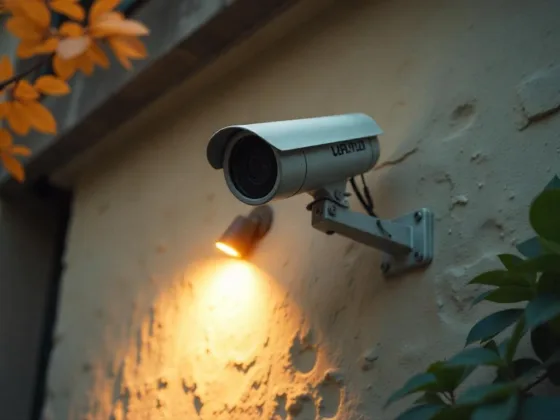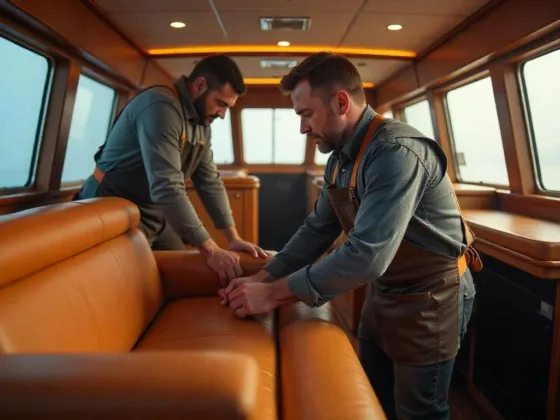Table of Contents Show
The roof is your home’s first line of defense from all the forces of nature. Pouring rain, pounding hail, howling winds, and heavy snow put an incredible amount of wear and tear on it throughout the year.
To keep the inside of your home protected, it is important to stay aware of any possible storm damage.
But what happens if your roof takes damage during a storm? Don’t panic. When you catch these problems early, most are easy to solve.

Perform a Visual Inspection
After the storm is over, look for any signs of roof damage. You’ll want to do this both inside and outside of the home.
Inside, signs such as water leaking, or stains on the ceiling need to be addressed right away.
If you find dripping water, clear the area as much as possible to prevent water damage to your personal belongings, and use buckets to prevent the water from damaging your floors.
Roof damage from an outdoor inspection could reveal missing shingles, holes and dents, or damaged flashing along with chimneys, vents, and skylights.
If possible, perform the inspection in the morning or early evening when the sun is not shining harsh light.
This will allow for less distortion on your visual inspection and give you a more accurate picture.
When you see these problems arise, you run the risk of your roof becoming ineffective at protecting your home from leaks and water damage.
Contact a Reputable Roofing Company
If you are concerned that you have any roof damage, contact a licensed roofing company to perform a full-scale professional examination.
They will help you determine the extent of what you are dealing with. The professionals at 12 Stones Roofing operate on a foundation of faith, service, and integrity.
If your roof has taken storm damage, they will restore or replace dented and missing shingles, restore the granules that protect your roof’s asphalt, and correct structural damage causing interior stains and water damage. They also perform full roof replacements when absolutely necessary.
Read Also:
Contact Your Homeowner’s Insurance Company
Once you have a good idea of what you are dealing with, contact your homeowner’s insurance company. They will send out an adjuster to help you decide how to proceed.
Depending on the amount of damage, it may not be necessary to file a claim. Each policy is different, so your adjuster will help you review the damage against your policy.
He or she will help you understand what your policy covers, and what you are responsible for, such as deductibles.
Even if you talk with your adjuster, you are not obligated to file a claim. With minor damage, some homeowners decide it is more worthwhile to take care of the damage without involving the insurance company.
Tips For Protecting Your Roof
If Mother Nature is coming to your home in full force, there may not be much you can do except ride out the storm. However, there are things you can do to protect your home as much as possible.
- Keep trees trimmed and healthy. Tree branches should never be long enough to touch your house—especially in high winds.
- Bring in or secure all patio furniture or any other loose outdoor items that could become projectiles in high winds.
- Clean leaves, pine needles, and other debris from roof valleys at least twice a year to prevent moisture buildup and structural damage from the excess weight.
Remember to stay safe at all times. When inspecting your own roof, it’s best to perform a ground inspection after the threat of the storm has passed.
Taking these proactive measures will prolong the life of your roof and prevent more costly replacements in the long run.









